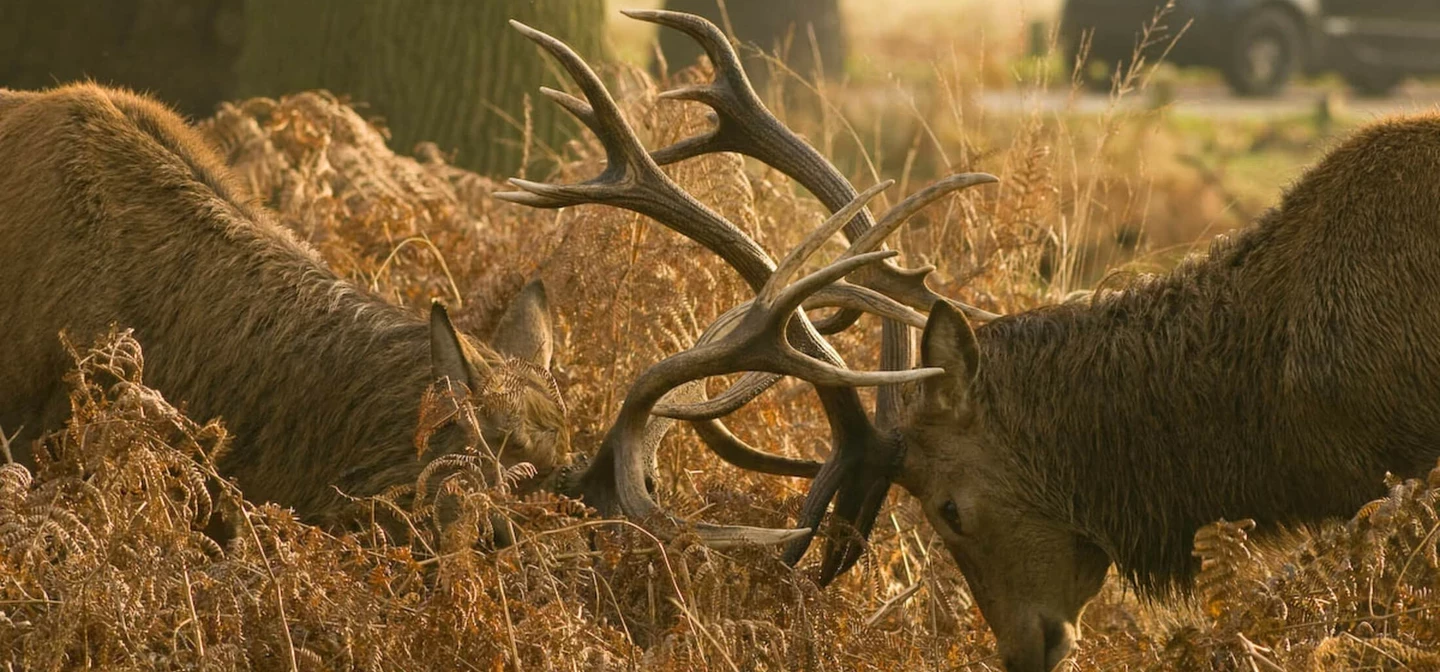
12 things you should know about the deer rutting season
Deer rutting (breeding) season starts at the end of September each year and lasts until early November.
Richmond Park and Bushy Park are home to over 1,000 free roaming red and fallow deer between them but what is the deer rutting season?
There are slight differences in how the fallow and red deer rut, so for the purposes of this article we mainly focus on the red deer, the UK’s native largest wild land mammal.
1. During the rut, you may see one stag with up to 40 hinds
The biggest stags will hold harems in the middle of the rut when most of the hinds (female red deer) are in season (oestrus).
The smaller stags will lie in wait to try to mate with the hinds when the dominant stag is in battle or exhausted following a fight.
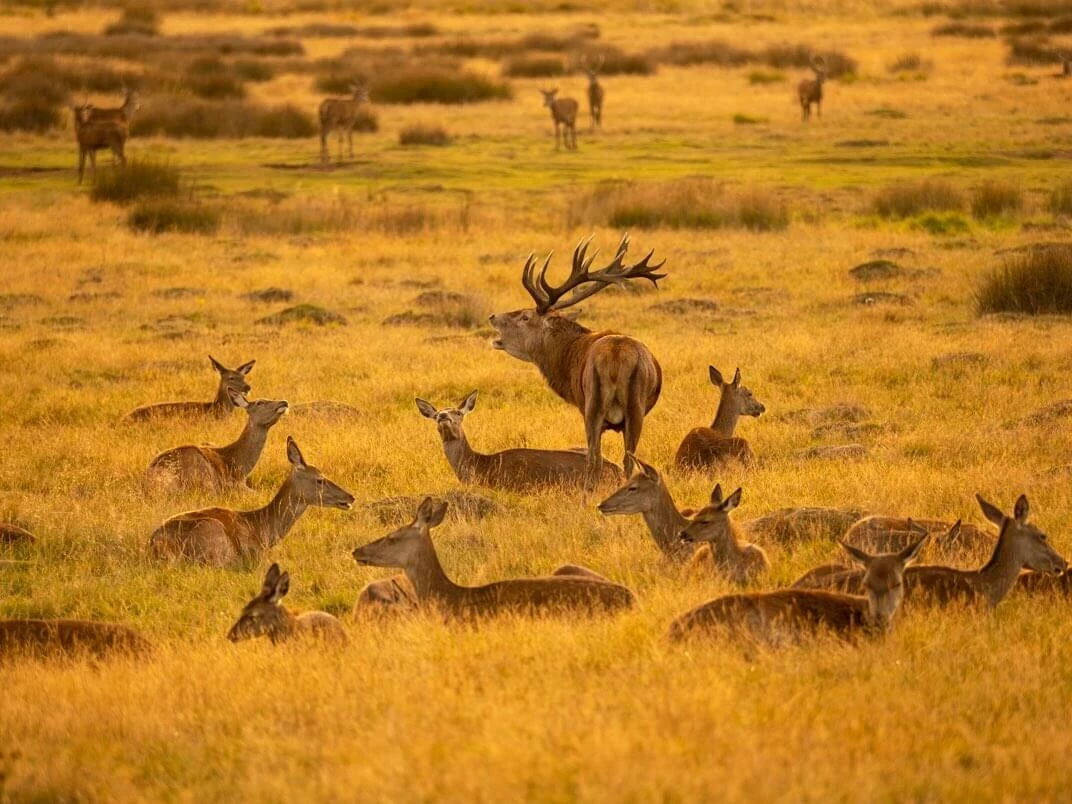
2. Holding a harem together is tiring work
Being king of the castle comes at a price. The biggest and strongest stags spend most of their time chasing away challengers and preventing hinds from straying, leaving little time for eating or sleeping.
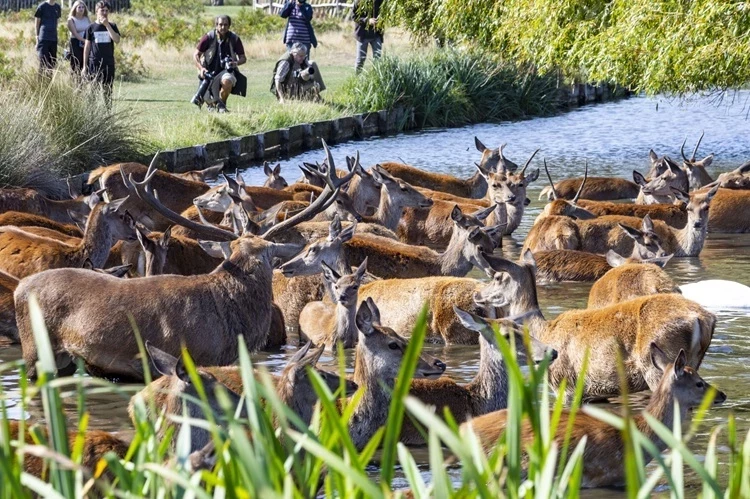
3. Keep your distance, bring binoculars
If you would think twice before entering into an enclosed space with a bull, then we urge you to apply this common sense to wild deer, especially during rutting season when stags are flooded with testosterone and adrenaline.
In the run up to the rut, a stag will weigh around 25 stone and have sharp antlers. Being hit by a stag travelling at full speed of up to 30mph is the equivalent of being mown down by a motorbike.
Please remember that deer are wild animals, keep 50 metres away and do not wave food or mobile phones in their faces. We urge all visitors to keep their distance, both for personal safety reasons and to avoid disrupting the natural behaviour of the rut. This photo is an example of what not to do.
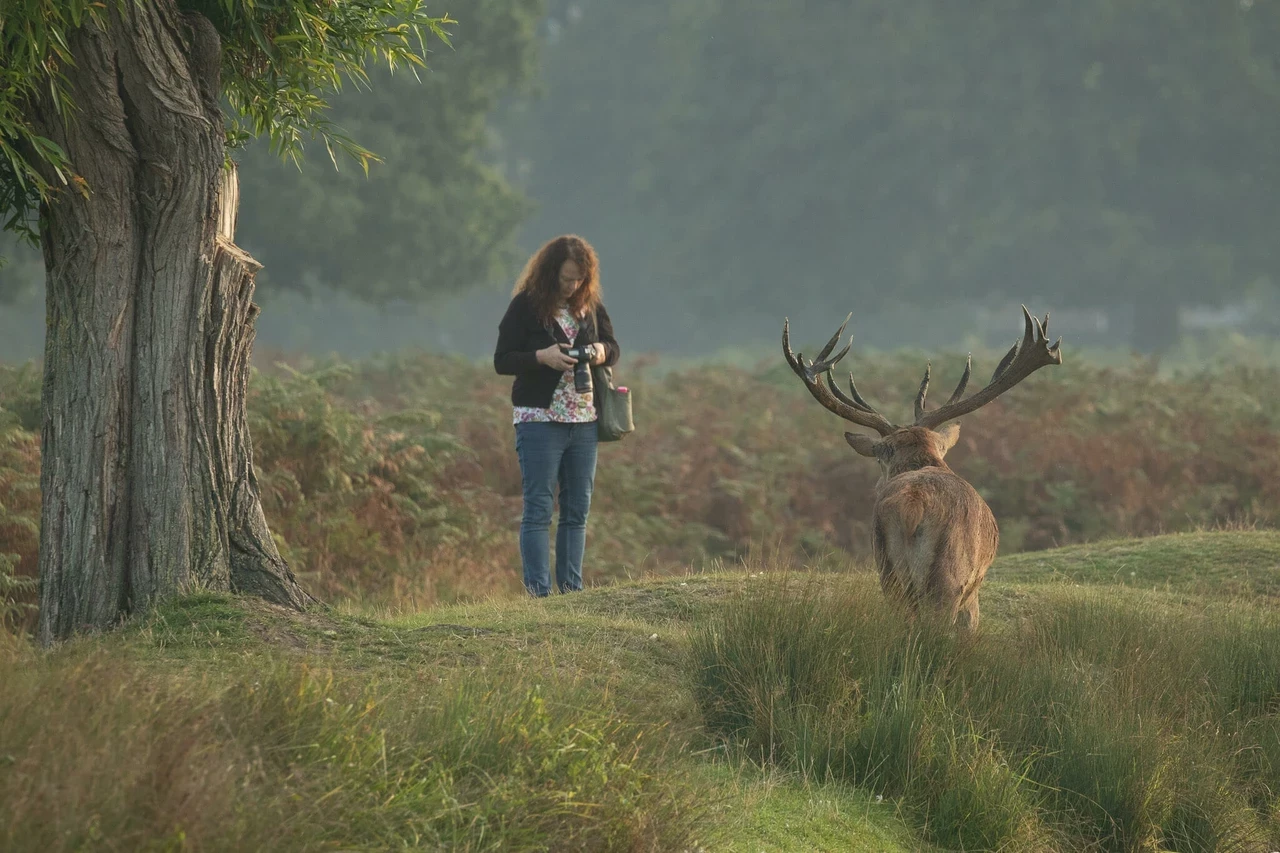
4. Their roar reflects their size
In the lead up to the rut, there are a number of physiological changes to male deer including an increase of testosterone, the doubling of neck thickness, the larynx becoming more prominent and the tongue changing shape.
Roars are used as the first line of defence as a way to deter rivals. A deeper louder roar signals a larger animal. The sound of a roar can help rival stags determine from a distance whether to try their luck, and females can use it to judge the best quality males in the area.
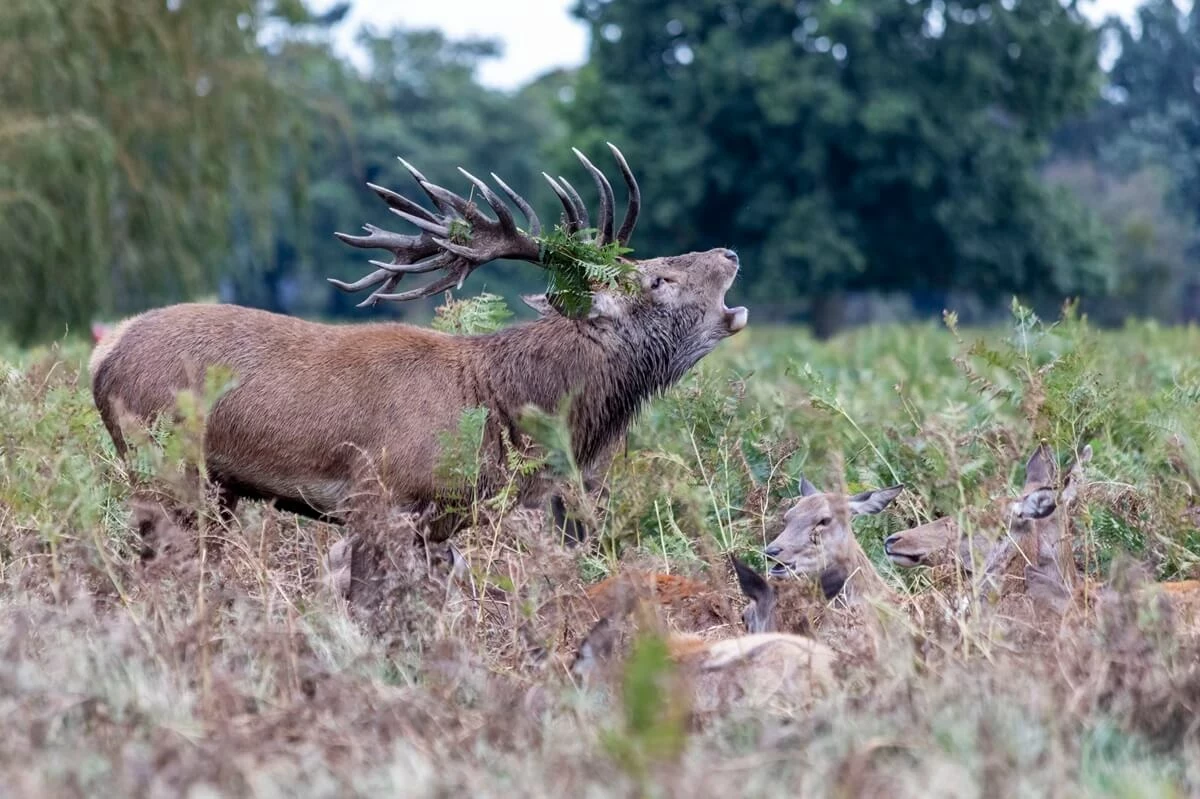
5. If roaring does not deter a rival, they parallel walk
If two roars are evenly matched and neither retreats, the animals parallel walk to assess the size and condition of their opponent.
If neither deer backs down, they will lock antlers and engage in a shoving match to settle the dispute.
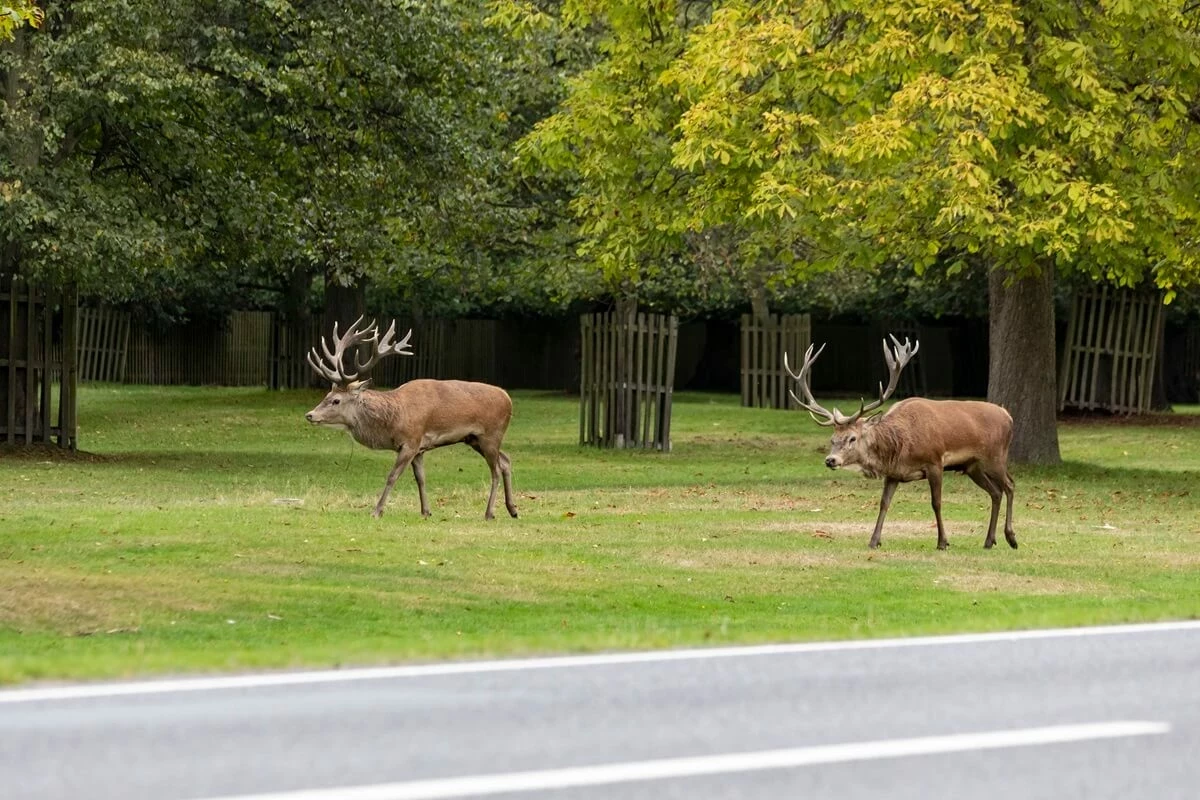
6. Male deer wear a headdress to look more formidable
Stags will thrash about in the vegetation to make themselves look larger. They will also urinate and roll into muddy areas called wallows. This is their equivalent of aftershave on a Friday night!
During the rut you may also notice the male deer tasting the air, this is to determine if the females are ready to mate.
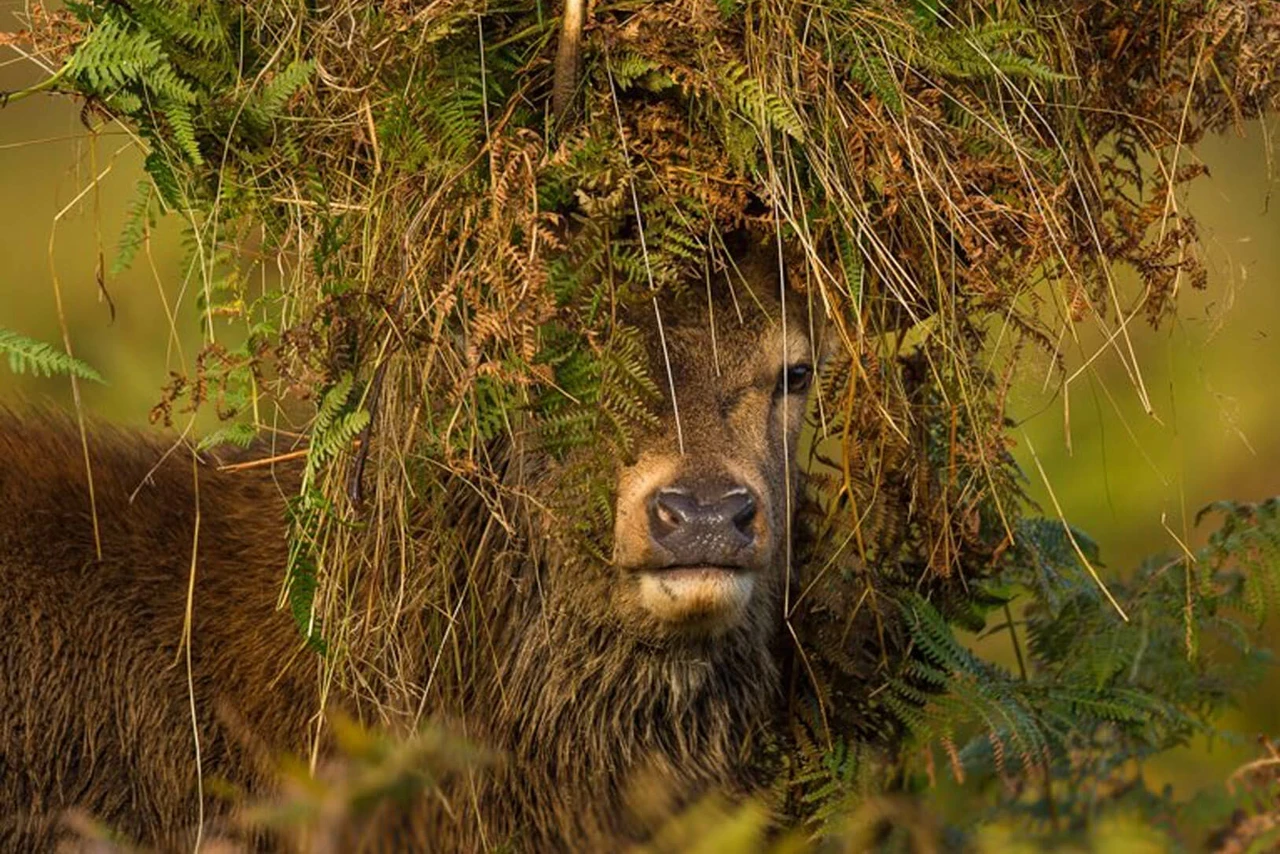
7. Dogs should be on a lead or walked elsewhere
Whatever you do, do not let a dog run in between a stag and his harem. Females come into season for as little as a few hours every 18 or 19 days so a dog’s presence will not be welcomed.
During the rut keep your dog on a lead and under close control. If a stag approaches you let the dog off the lead so it can run away.
If you witness a dog chasing a deer, please call the on-call police officers for Bushy and Richmond Parks on 07920 586 546.

8. Photographers - please do not crowd deer
All visitors are reminded not to crowd the deer during the rut. In previous years, we have witnessed dozens of photographers surrounding a single stag. It is not only incredibly dangerous, but it’s also stressful for the deer and can interfere with the course of nature.
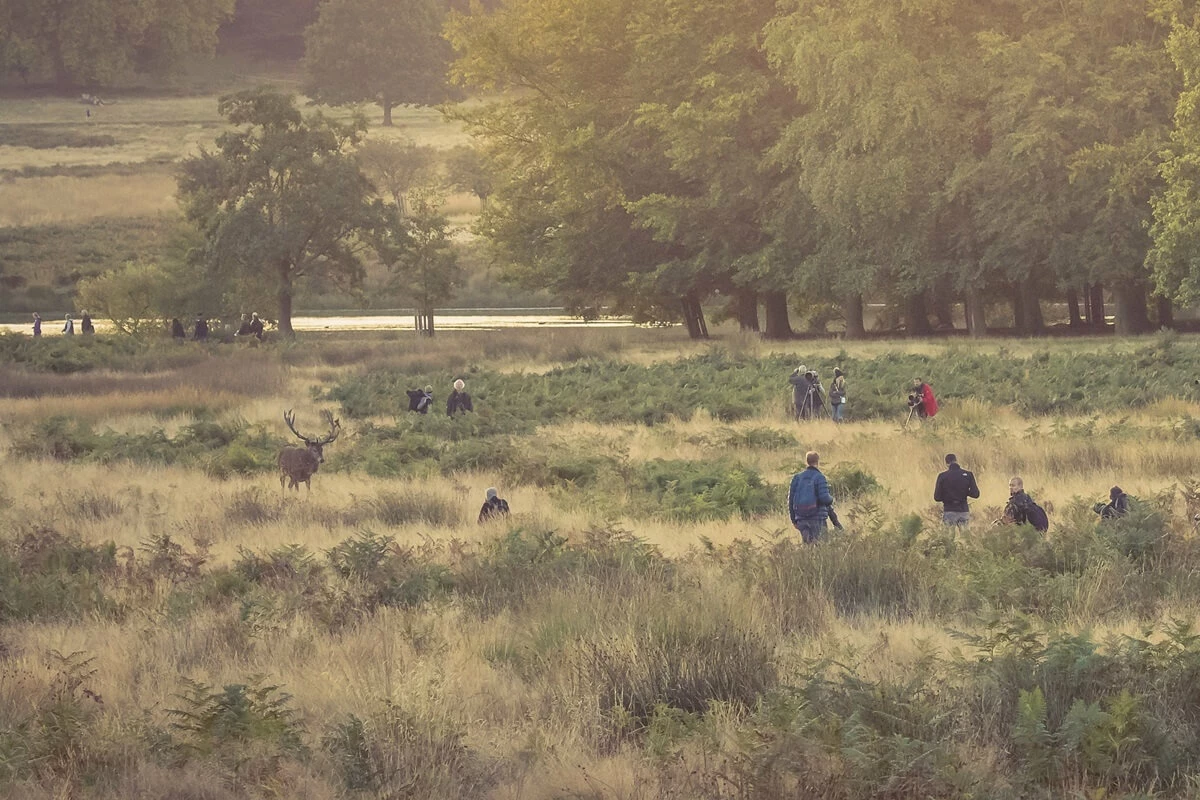
9. Towards the end of the rut dominant stags are extremely tired
As the rut advances, harem-holding stags become more exhausted and there is an increased chance of them being overthrown. A stag barely eats or sleeps during the rut and can lose up to a third of its weight during a fortnight of intense activity. If you see a stag resting on the grass, do not take this as an invitation to go and pet him. Believe us when we say it won’t end well.
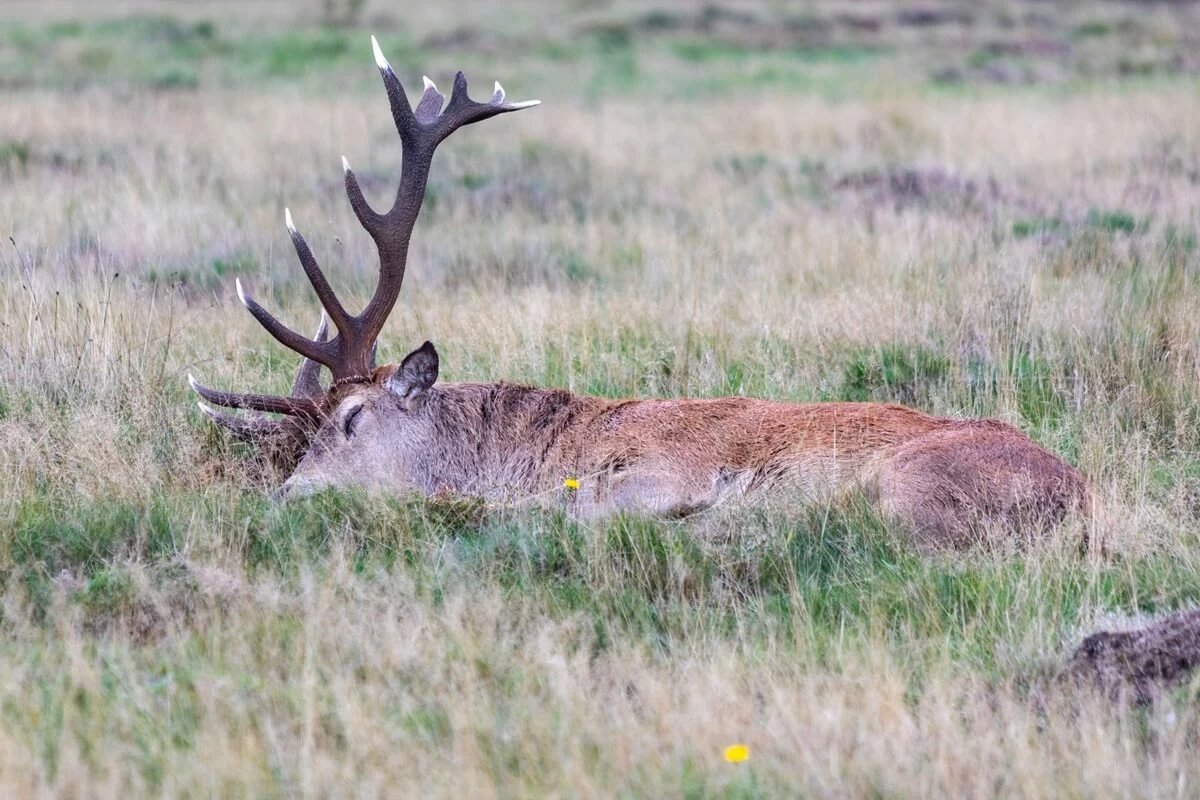
10. In previous years visitors have been injured during the rut
Over the years there have been incidents where visitors have suffered injuries from rutting deer that may have been avoided. In 2018, a young girl who was being photographed next to a rutting stag was injured in Bushy Park, and the previous year a visitor was hospitalised after suffering injuries from a male deer in Richmond Park. All incidents almost exclusively happen when people get closer than the recommended 50 metres.
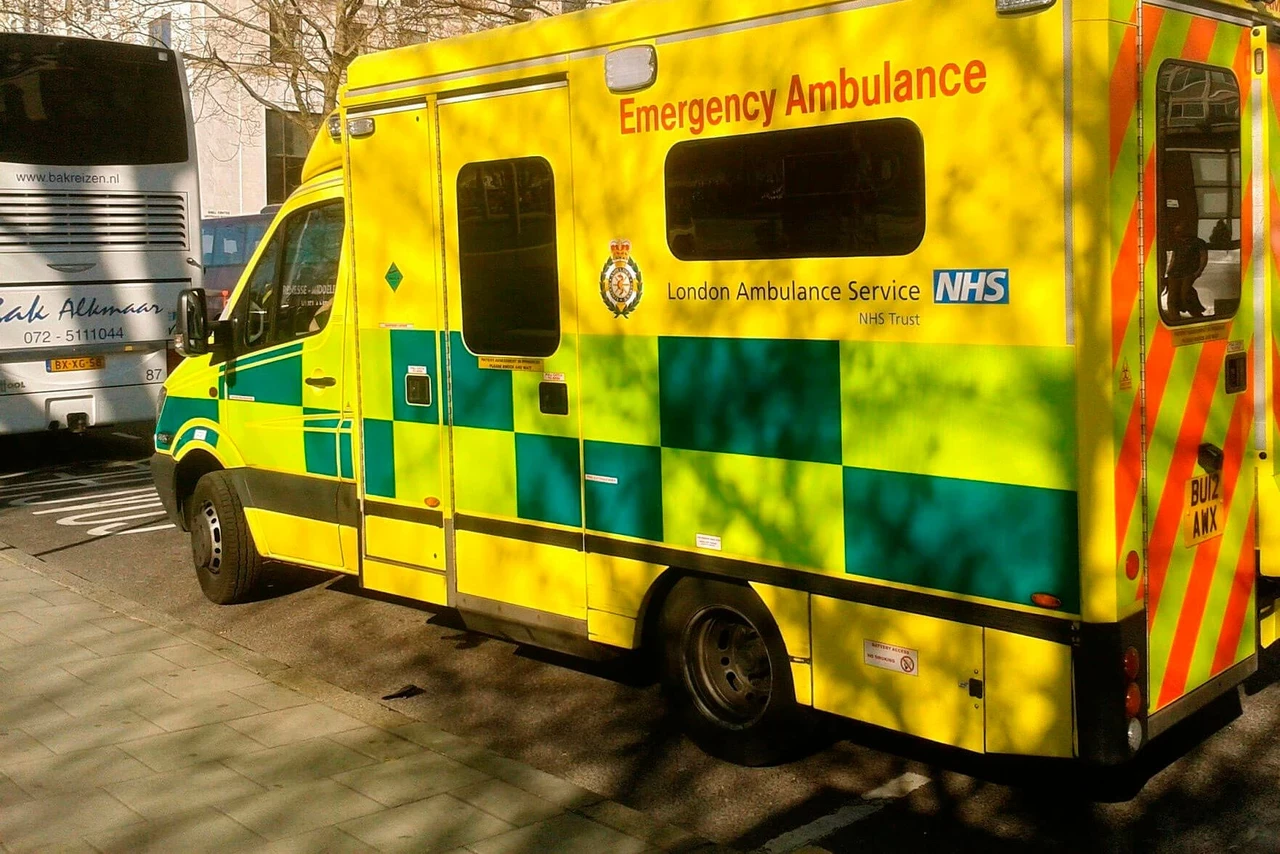
11. How the fallow deer rut
There are slight differences in how the fallow bucks rut. During breeding season, bucks can form a lek - a gathering of males engaging in a competitive display to attract a potential mate. Unlike the red deer who operate harems, it is not uncommon to see a group of 40 does (female fallow deer) with four or five big bucks. In common with other large deer species, during conflict, the buck’s behaviour escalates from groaning and parallel walking to fighting.
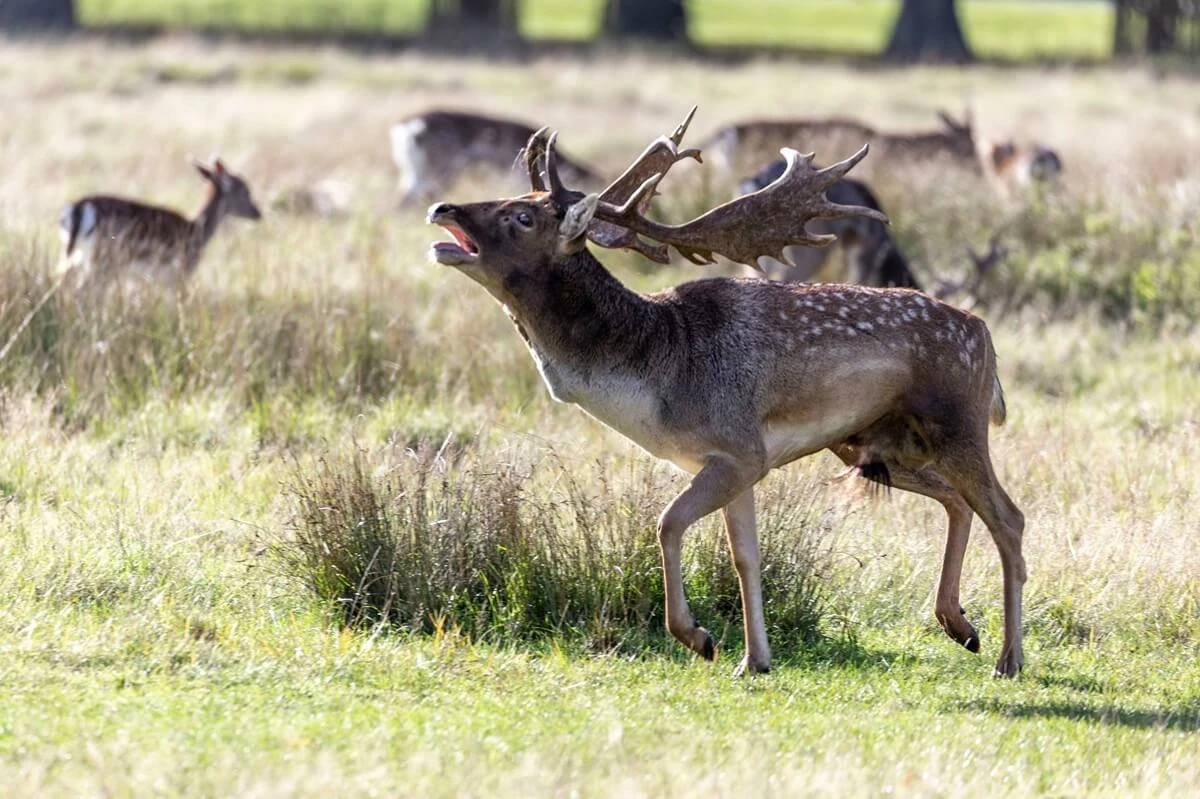
12. Say hello to the Volunteer Rangers in Richmond and Bushy Parks
Volunteer Rangers are on hand in Bushy and Richmond Parks to educate people about the deer rut and why it is important to keep your distance. However, it’s important that people take responsibility for their own safety and remember that deer are wild animals who deserve respect and space.
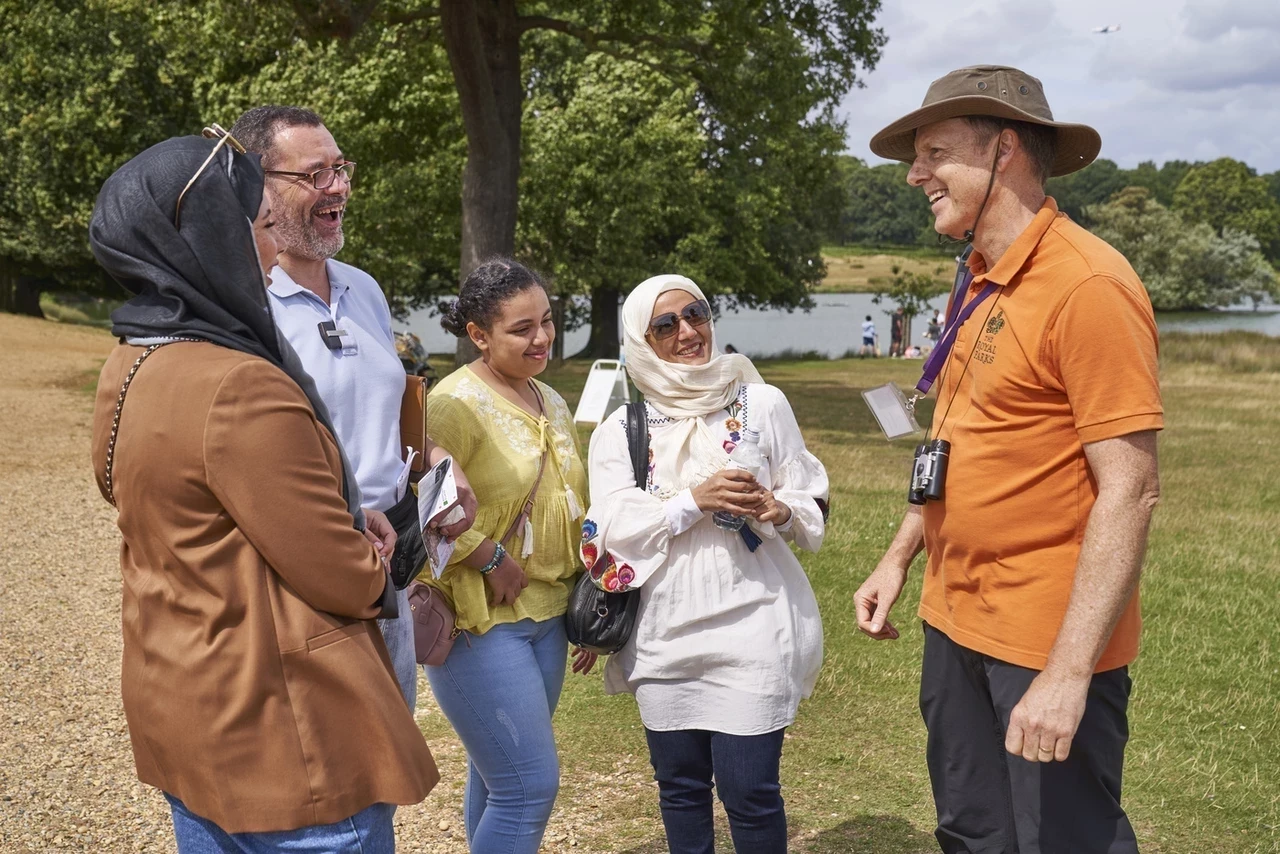
With thanks for photographs provided by Jules Cox, Stephen Darlington and Cathey Cooper. For information on how to safely photograph deer please read the British Deer Society's Code of Conduct.
Related Articles
-
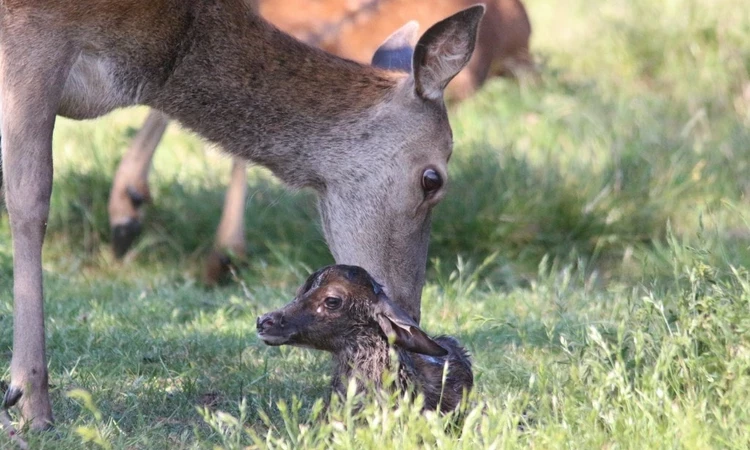 Read
ReadSix things you should know about deer birthing season
Discover when deer have babies during their birthing season. Explore their habits and the importance of respecting their privacy in Richmond and Bushy park
-
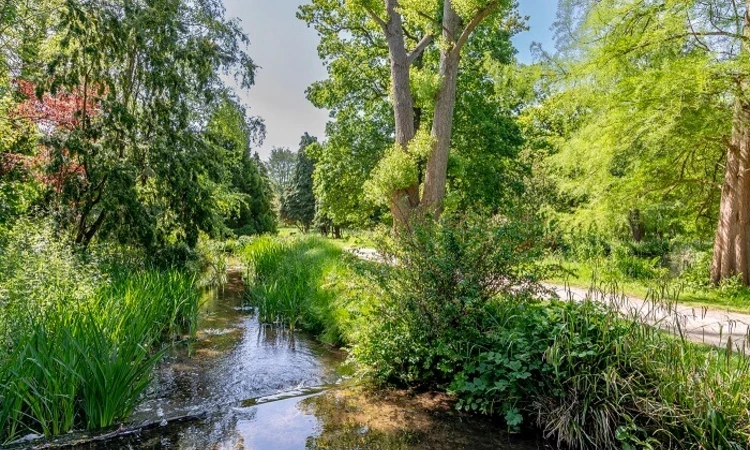 Listen
ListenHelping Nature Thrive
In this episode, host Kristen Mueller delves into the many ways that we can help nature thrive in the parks.
-
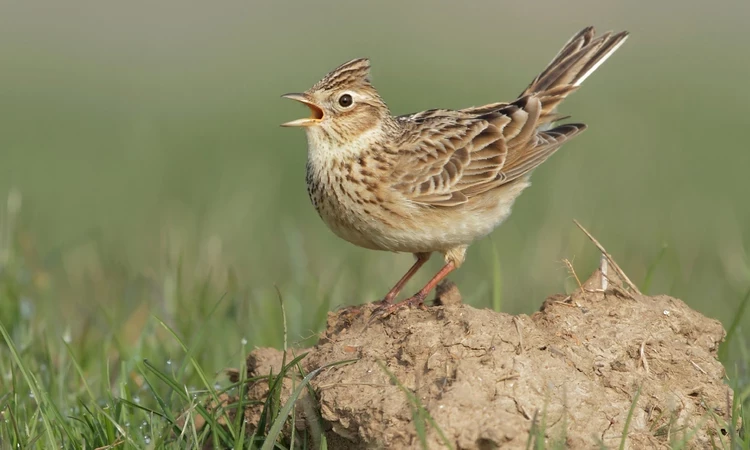 Read
ReadHelp save the song of the skylark
Discover how skylark protection efforts in Royal Parks help preserve the song of this red - listed species.